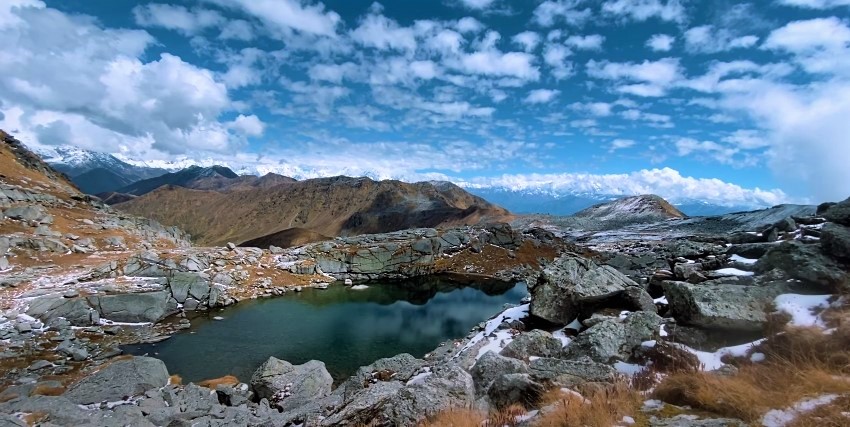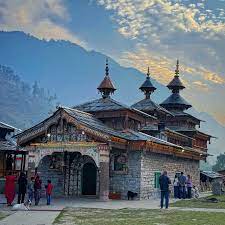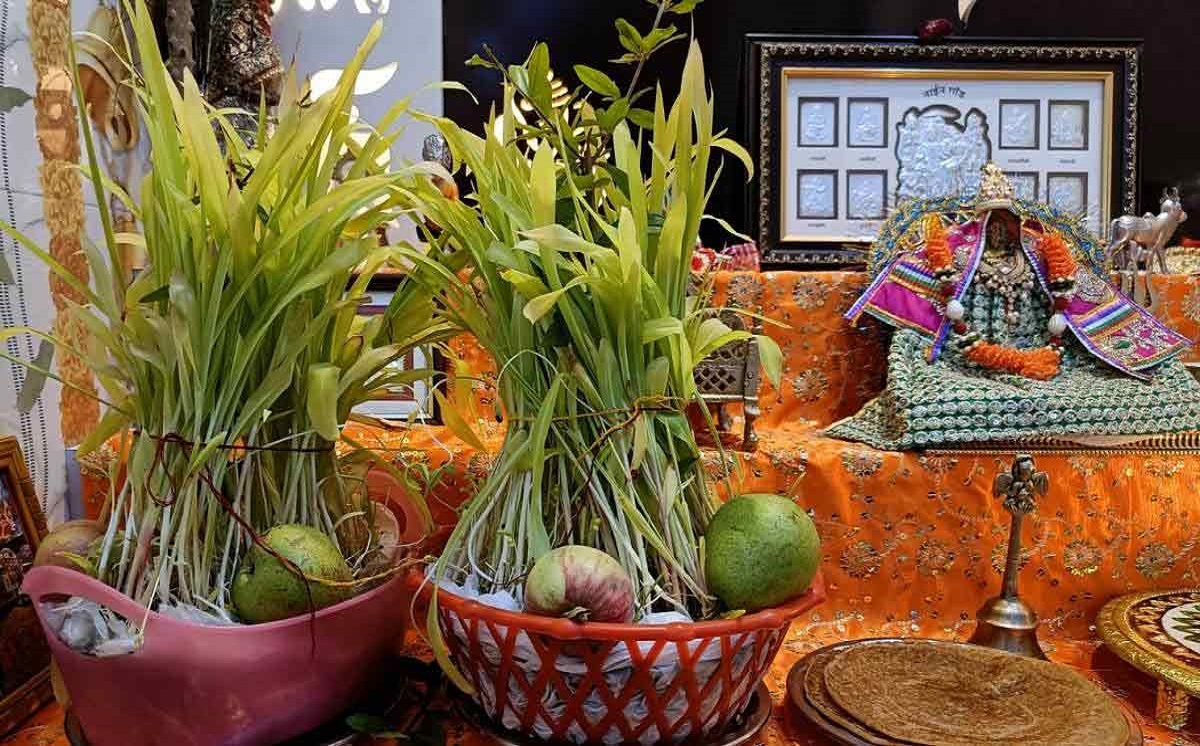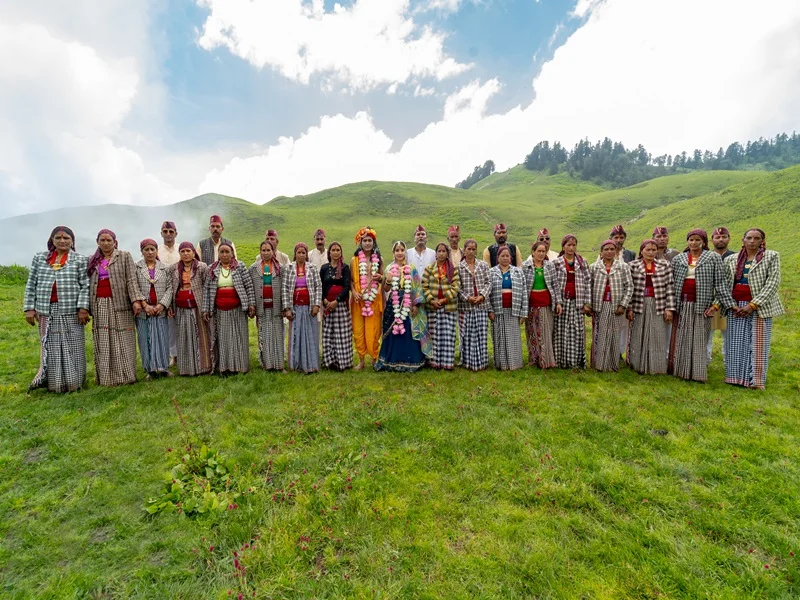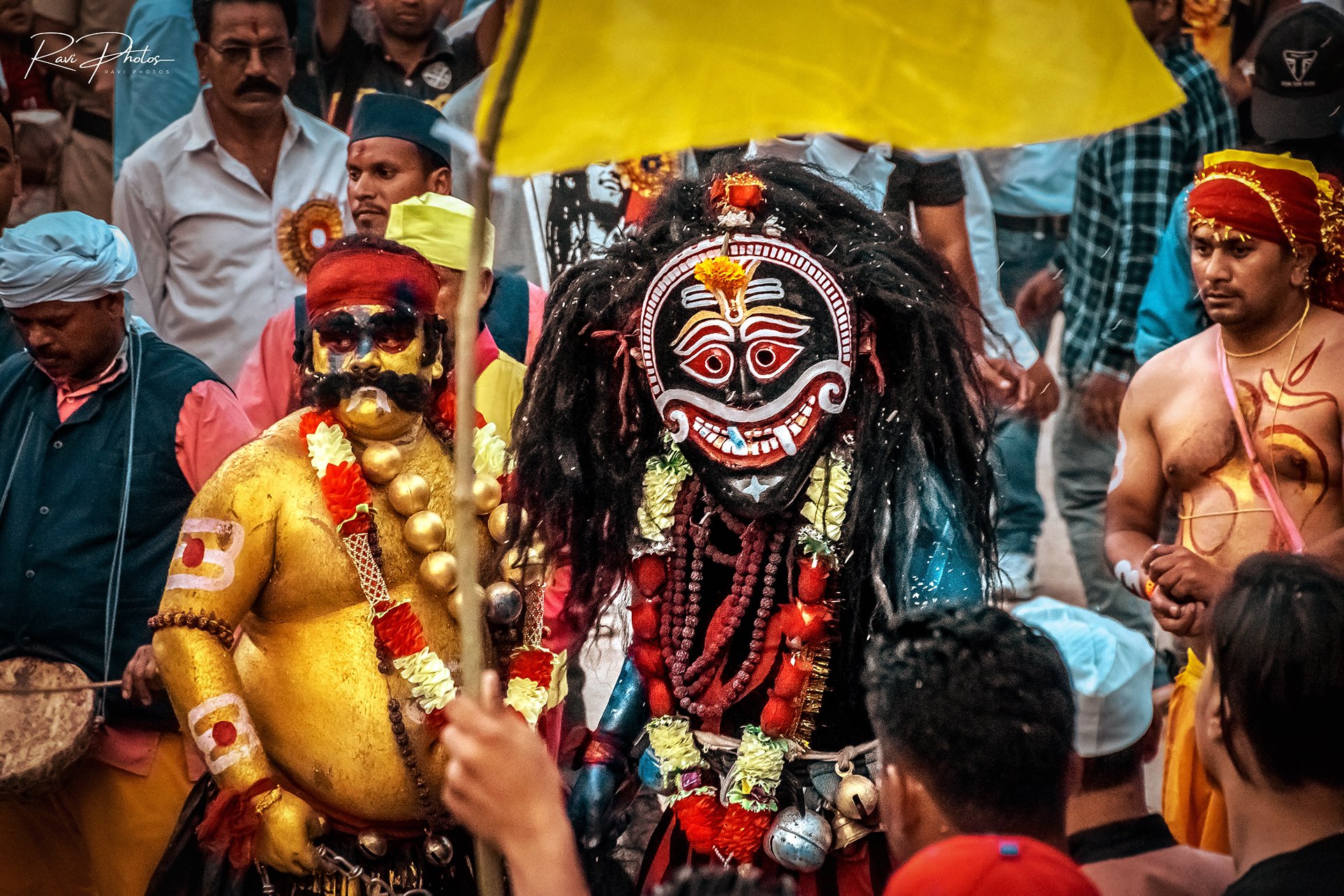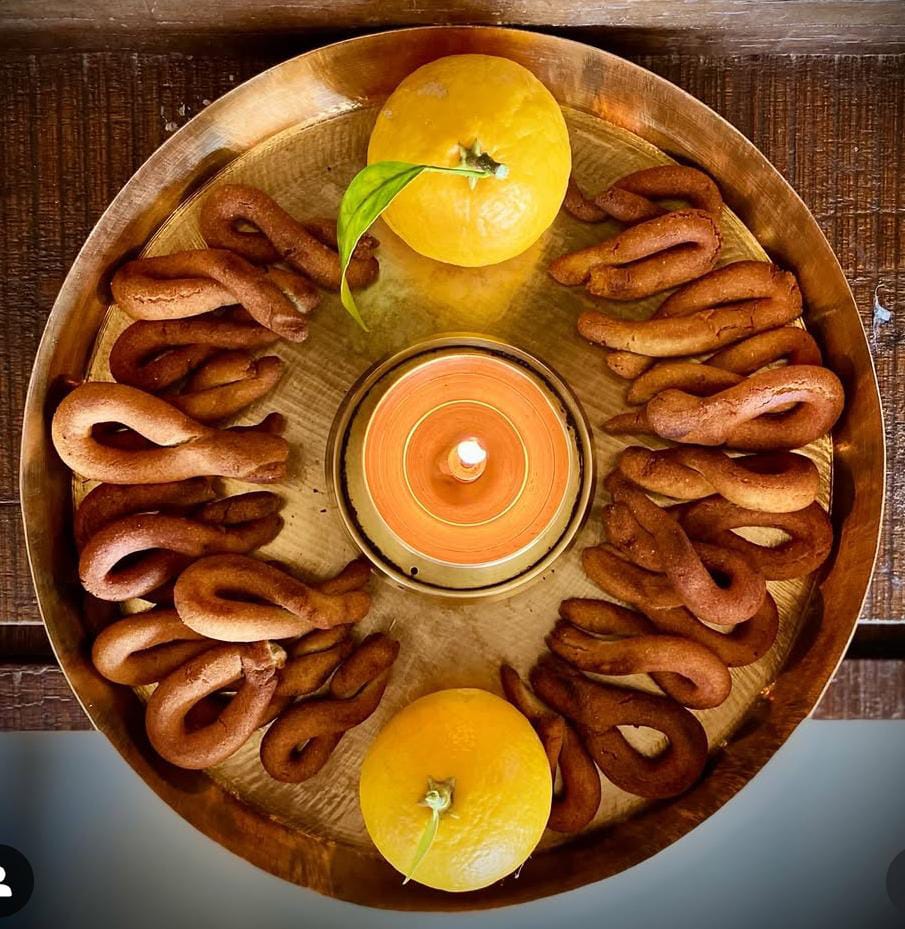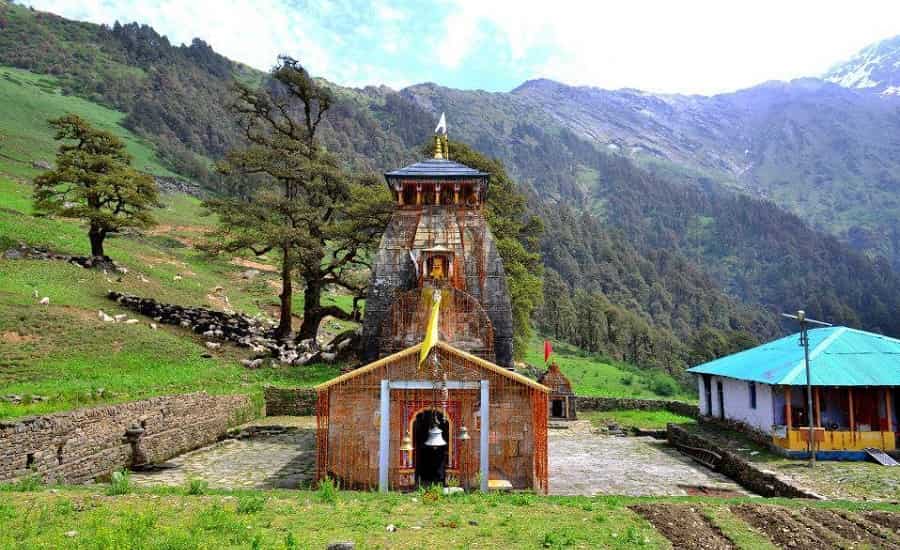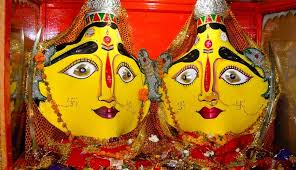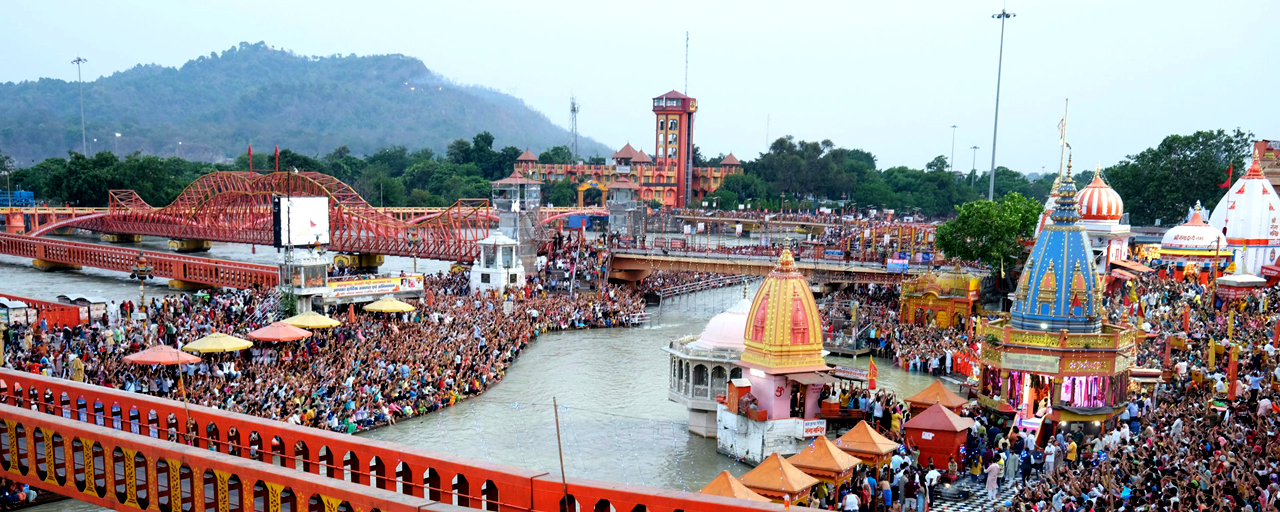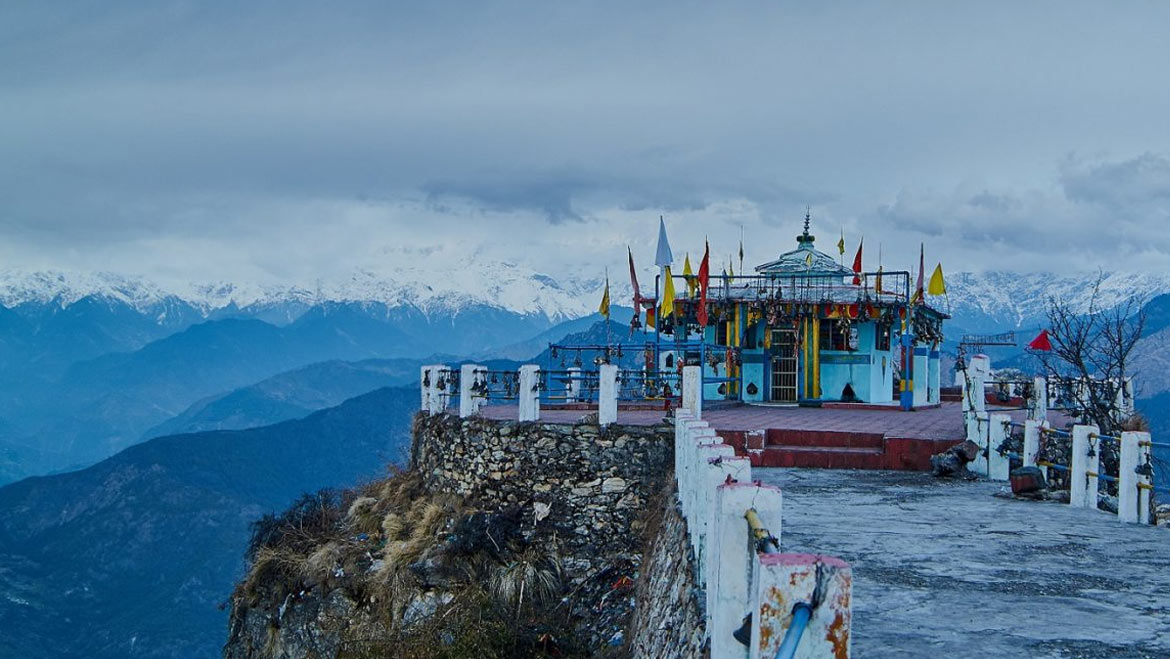Dawn at Khela: Where It Begins
Before sunrise, Khela village (खेला गाँव) is awake. The chill clings to the grass, mist floats above fields, and the faint beat of a drum cuts through the silence. Men, girls, and youngsters gather barefoot, wearing pink flags known as नेजा (Neja). That’s how Chhipla Jaat starts off, a yatra that has been alive for centuries within the heart of Kumaon.
This is not a mela inside the feel of stalls or spectacles. It is a pilgrimage, an extended stroll through forests, meadows, sacred ponds, and high ridges. The vacation spot: Chhiplakot / Chhipla Kedar (चिप्लाकोट / चिप्ला केदार), the seat of the folks deity Chhipla Kedar.
Who is Chhipla Kedar?
For the people of Dharchula, Gorikhal, and the encircling villages, Chhipla Kedar (चिप्ला केदार देवता) is protector, choice, healer. Farmers pray to him for top harvests, shepherds for the protection of flocks, and families for protection from contamination and evil spirits.
Every three years, entire villages come together to honor him. The Jaat is the act of walking barefoot through stone and soil, leaving behind comfort, wearing the simplest of clothes.
The Yatra: A Journey of Feet and Faith
The Jaat always begins from Khela. Villagers gather in bright clothes, carrying नेजा wrapped in red cloth, drums, and भंकारा (bhankara) pipes, leading the way. Songs rise, old Kumaoni bhajans, chants of “जय चिप्ला केदार”.
Nobody wears shoes. From start to finish, they walk barefoot. Stones cut, mud clings, forests scratch, but still they walk. Children, elders, women, men, all together.
The route is long and unfolds like a story:
- Day 1: From Khela to Barmano. Fields and foothills. Easy to begin, but spirits are tested.
- Day 2: Climb through forests of oak and rhododendron. Villages like Bunga, Garapani, and Ganbhujdhura pass by. The halt is at Brahmkund (ब्राह्मकुंड), where pilgrims camp in ancient caves known as Udhiyar (उधियार की गुफाएँ).
- Day 3: Grasslands of Najurikote (नजुरीकोट), dotted with ब्रह्मकमल (Brahmakamal) flowers, sacred to the gods. A ritual bath at Kedardwe (केदारद्वे) follows. Prayers rise higher here. Many return to Brahmkund by night.
- Day 4: The trail moves through Jyulital (ज्यूलीताल) and Patojkund (पटोजकुंड) to reach Bhaiman Kund (भैमान कुंड). Another holy pond. Another dip. Another prayer.
- Day 5: The final push to Chhiplakot (चिप्लाकोट). The highest point. Wind fierce, air thin, but hearts steady. Flags are planted. Bells rung. Tears shed. Some stay in silence, some dance, some collapse with relief.
What It Feels Like
It isn’t easy. The trail hurts. Feet bleed. Nights in caves are cold, blankets damp with mist. Food is simple rotis roasted on open fire, salt and onion, tea boiled in blackened pots.
And yet…
At dawn, the meadows glow gold. A bird cries overhead. Mist parts for a moment, and you see a line of snow peaks, sharp against the sky. Someone laughs, someone sings, someone whispers a prayer. You realize this is not just a journey on the ground. It is a journey inside.
Rituals Along the Way
At every sacred pond, pilgrims take dips in freezing water. Brahmkund. Kedardwe. Bhaiman Kund. They believe the water cleans not just the body but sins, sorrow, and sickness.
The नेजा flags are carried from village to village, waved high at each stop. When they reach Chhiplakot, they are planted firmly into the soil, symbolizing the offering of the entire community.
Nights are alive. Fires burn. Folk songs echo. Someone becomes possessed by the spirit of the देवता (deity). The Bonia (बोनिया), a shaman, begins to shake; his voice changes. Messages are spoken, blessings given. People believe, people bow, people cry.
When It Happens
The Chhipla Jaat is not yearly. It happens once in three years (तीन साल में एक बार), during भाद्र पूर्णिमा (Bhadrapurnima), around August or September. Villagers prepare for months stitching flags, saving grain, planning the walk.
Why It Still Matters
Because it is rare to see a tradition stay this raw.
Because here devotion is not about grand temples or big donations. It is about feet on stone, about silence, about pain carried with faith.
Because in these hills, community is the real wealth. On this yatra, no one walks alone. If a child tires, someone carries him. If an old man falters, someone lends a shoulder. Food is shared, songs are shared, stories are shared
Because without Chhipla Jaat, a piece of Kumaon’s soul would go quiet.
If You Plan to Go
Be prepared for barefoot walking. Even if you carry shoes, try to honor the spirit of the yatra.
Carry light blanket, warm shawl, a water bottle. Food is cooked in groups, so join community meals.
Respect the rituals. Don’t photograph without asking.
Go not as a tourist, but as a seeker. Walk slowly. Sing if you can. Listen more.
Closing
I once stood at Brahmkund during the Jaat. The moon floated above, its light shimmering on the water. Pilgrims sat around fires, drums throbbed, voices rose in unison “जय चिप्ला केदार”. For a moment, it felt like time itself had stopped.
Chhipla Jaat is not just a festival. It is a memory stitched into Kumaon’s mountains. If you ever walk it, go barefoot, go humble, and let the mountains guide your steps.

